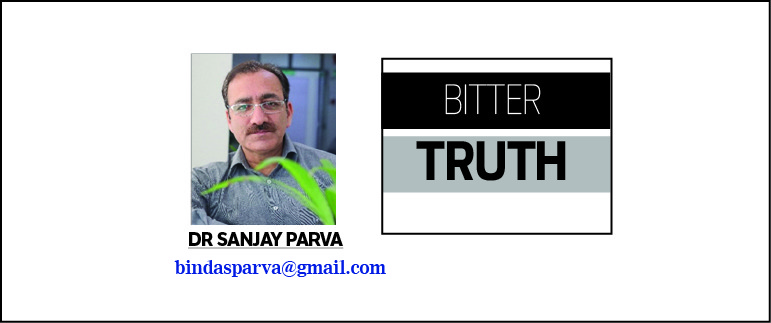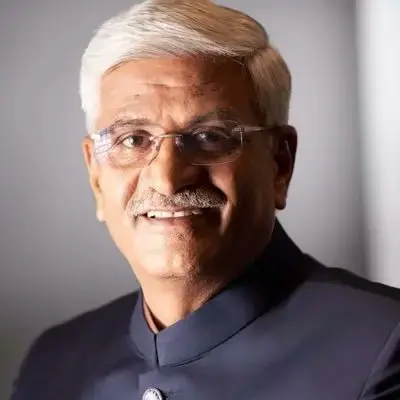By: Dr. Reyaz Ahmad
Self-confidence is not a magical gift — it’s a skill. Just like learning math or playing an instrument, confidence grows when you practice it with intention. Whether you’re preparing for a presentation, starting a business, or simply trying to boost your self-confidence, this guide will show you how to build lasting self-confidence, with real-life examples to help you apply each principle.
- Understand What Confidence Truly Is
Definition: Confidence is the belief that you can rely on your abilities and judgment.
Example:
Imagine you’re learning to drive. At first, you’re nervous. But after several lessons, you begin to trust yourself behind the wheel. That trust? Confidence is built from practice.
Key Insight: Confidence is not being perfect — it’s trusting that you can figure things out, even if you make mistakes.
- Identify Your Limiting Beliefs
Limiting beliefs are false assumptions that keep us small.
Example:
- Belief: “I’m terrible at public speaking.”
- Challenge: Think of a time you clearly explained something to a friend or led a group discussion.
- Reframe: “I’m still learning, but I can communicate well in small groups — that’s a start.”
Tool: Write your limiting beliefs down, and next to each, write evidence against it.
- Set Small, Achievable Goals
Why it works: Achieving small wins builds momentum.
Example:
- Goal: “I want to become a confident speaker.”
- Step 1: Raise your hand once during a meeting.
- Step 2: Speak for 30 seconds in a group discussion.
- Step 3: Deliver a 2-minute talk at a meetup.
Tip: Break your goal into 3–5 mini-steps. Celebrate each one.
- Improve Your Body Language
Why it works: How you carry yourself signals to your brain — and others — how confident you feel.
Example:
- Before an interview, you slouch, avoid eye contact.
- Instead, you try this: Stand tall, take deep breaths, and maintain calm eye contact.
Try: Amy Cuddy’s “Power Pose” — standing like a superhero for 2 minutes. It’s silly, but it helps your brain adopt confidence.
- Surround Yourself with Supportive People
The environment shapes belief.
Example:
- You’re trying to write a book. One friend laughs at the idea.
- Another says, “That’s awesome. I’d love to read it.”
Action: Spend more time with people who support your ambitions. Join groups or communities where confidence is normalized.
- Learn to Handle Failure Gracefully
Failure is proof you’re trying. Confidence comes when you stop fearing it.
Example:
- You apply for a job, but don’t get it.
- Instead of quitting, you ask for feedback, adjust your resume, and get the next one.
Mantra: “It’s not rejection, it’s redirection.”
- Keep a Confidence Journal
Why it works: You often forget your wins. This journal reminds you of your growth.
Example:
At the end of the day, write:
- “I introduced myself to a stranger.”
- “I handled criticism calmly.”
- “I completed a task I’d been avoiding.”
Over time, this builds a personal archive of evidence that you are capable.
- Speak Kindly to Yourself
Your internal voice is the most powerful one you hear.
Example:
- You make a mistake in a presentation.
- Instead of “I’m so stupid,” say, “That was tough, but I did my best and I’ll improve next time.”
Rewire: Every time you catch a negative thought, rewrite it like a coach would.
- Get Comfortable with Discomfort
Growth happens in discomfort, not safety.
Example:
- You’re invited to speak at a local event. You want to decline because it scares you.
- Instead, you accept and rehearse. You survive. You grow.
Tool: Weekly “Discomfort Challenge.” Do one thing outside your comfort zone: start a conversation, pitch your idea, or wear something bold.
- Celebrate Every Win
Why it works: Recognition fuels motivation. Your brain likes rewards.
Example:
- You send a difficult email.
- Take a moment: say “Well done,” take a break, or journal about it.
Tip: Create a “Win Wall” — digital or physical — where you post victories, no matter how small.
Final Thoughts: Confidence is Compounded
Confidence isn’t one big leap. It’s the compounding effect of many small acts of courage and resilience. With every step you take, you reinforce the belief that you are capable.
“Courage comes first. Confidence comes second.” – Mel Robbins
So start now. One thought. One action. One win.
The writer is member of Faculty of Mathematics, Department of General Education SUC, Sharjah, UAE. Email: reyaz56@gmail.com



